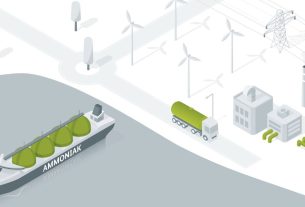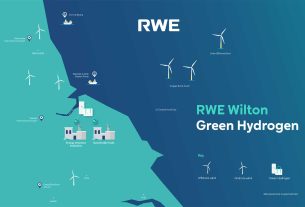Germany – Germany, a front-runner in the global hydrogen race, is updating its 2020 national hydrogen strategy to chart a more inclusive path towards a sustainable future.
As part of this update, the government plans to support not only green hydrogen produced with renewable electricity but also blue and turquoise hydrogen, where CO2 is captured and stored. However, the use of hydrogen generated from nuclear power will not receive state support.
Blue and turquoise hydrogen are generated using fossil gas, with CO2 capture and storage being a key component. The strategy aims to leverage these hydrogen colors as potential stepping stones in Germany’s transition to a low-carbon economy. However, nuclear-generated hydrogen will not be financially supported by the state. This signals the government’s emphasis on promoting hydrogen produced from renewable sources and fossil gas with carbon capture as viable alternatives.
Applications and disputes
The strategy outlines specific applications for hydrogen usage. While hydrogen is still intended for certain industry processes, air and shipping transport, and back-up power plants, its use in road transport will be limited to heavy-duty commercial vehicles. In the heating sector, hydrogen will be employed in isolated cases. However, there have been debates surrounding its usage due to more efficient alternatives like heat pumps and electric cars, which are gaining popularity.
Hydrogen generated from renewable electricity is hailed as a potential climate solution for challenging sectors such as heavy industry and aviation, where emissions remain stubborn. Moreover, hydrogen-fired power plants can bolster the electricity system as backup during periods of low renewable energy generation. The availability and timing of hydrogen production will be key factors in determining its widespread utilization.
Demand and import
Germany’s hydrogen demand is projected to reach 95 to 130 terawatt hours (TWh) by 2030, including derivatives like ammonia, methanol, or synthetic fuels. The government estimates that 50 to 70 percent of this demand will need to be imported initially, mainly in the form of ammonia transported by ship. To meet domestic demand, Germany plans to produce hydrogen using electrolysers powered by green electricity, with the rest being produced as “grey” hydrogen from natural gas with CO2 emissions, a method already in practice.




